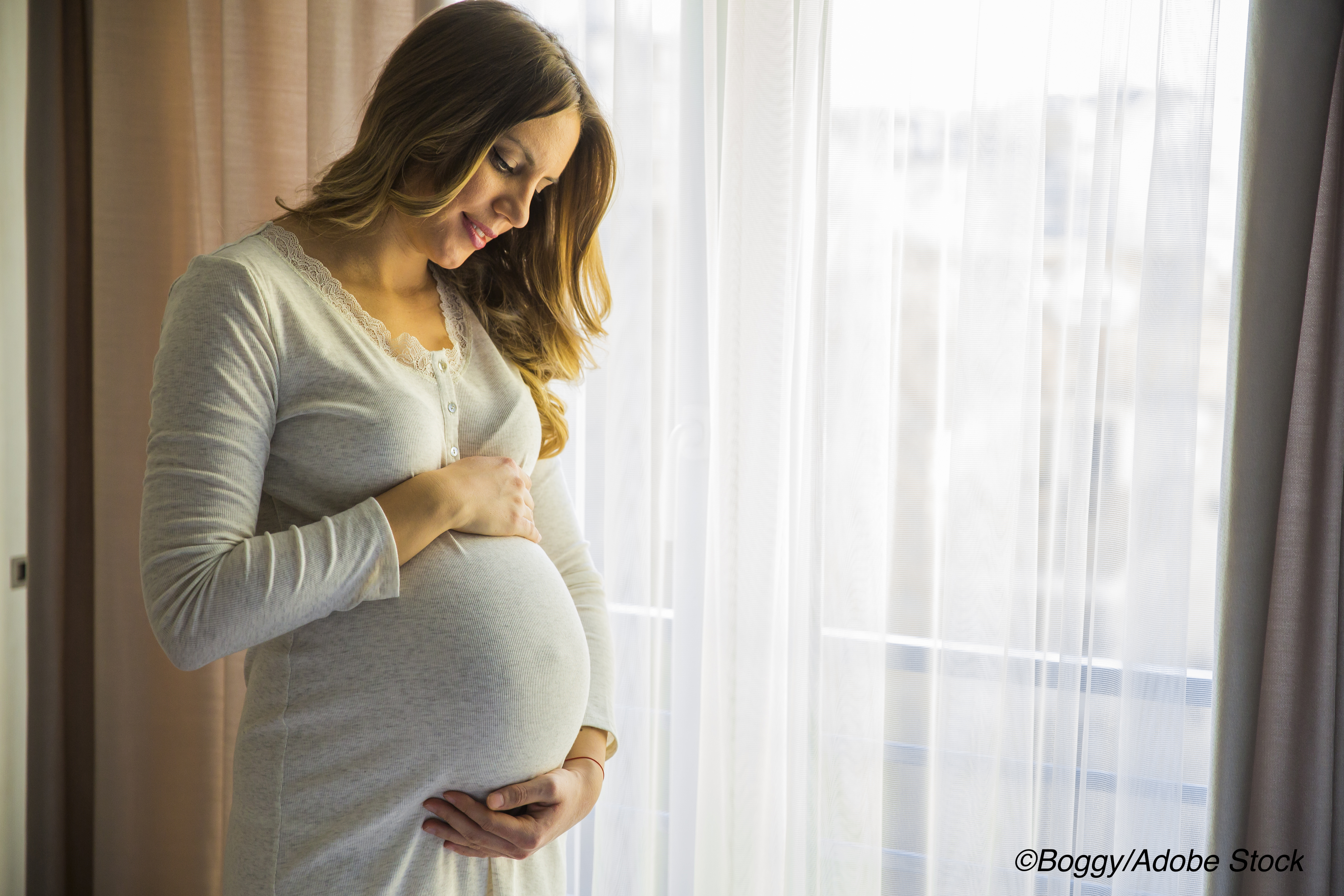Language-based outcomes did not differ among the children of women with epilepsy on antiseizure medications (ASMs) at 2 years of age compared to those of healthy women, researchers reported, although the finding was limited by the young age of the children.
In the multicenter MONEAD study, the language domain scores, based on Bayley Scales of Infant and Toddler Development, Third Edition (BSID-III), were not different between the two groups of toddlers (−0.5, 95% CI −4.1 to 3.2), according to Kimford J. Meador, MD, of Stanford University School of Medicine in Palo Alto, California, and co-authors.
“However, these findings must be interpreted within the context that neuropsychological assessments conducted at 2 years of age are not as strongly associated with adolescent/adult functioning as assessments performed in older children, which will be conducted subsequently in the MONEAD study,” they wrote in JAMA Neurology.
And the authors did find that, in secondary analyses, higher maximum third-trimester ASM blood levels (ABLs) were associated with significantly lower BSID-III scores for the motor domain (−5.6; 95% CI −10.7 to −0.5) and lower scores for the general adaptive domain (−6.1, 95% CI −12.3 to 0.05).
They explained that “[e]xposure to ASM during the third trimester was used for the primary analysis because ASM associations with the immature animal brain are similar to those of alcohol, and fetal alcohol effects are primarily due to exposure during the third trimester.”
Meador’s group conducted the landmark NEAD study, which found that in utero exposure to the ASM valproate was linked with an increased risk of impaired cognitive function at ages 3 years and 6 years, pointed out Torbjörn Tomson, MD, PhD, of the Karolinska Institutet in Stockholm and Rebecca Bromley, ClinPsyD, PhD, of the Manchester Academic Health Science Centre in England, in an editorial accompanying the study. A 2011 safety communication from the FDA warned of the valproate-cognitive impairment connection.
While the current results are “reassuring,” there’s still incomplete safety data on alternatives to valproate, such as lamotrigine (used by 46.0% of the women in the study), levetiracetam (33.2%) or a combination of the two (45.5%), Tomson and Bromley noted.
“Although epilepsy and pregnancy registers have shown that lamotrigine and levetiracetam are relatively safe with respect to major congenital malformations, with lower rates than first-generation ASMs, the information on neurodevelopmental outcomes has been insufficient… The reason for this discrepancy is that compared with birth defects, assessment of cognitive functions and other neurodevelopmental outcomes requires longer-term, expert follow-up and is therefore demanding of resources,” they explained.
What should clinicians do until such data—particularly the long-term MONEAD results at age 6 years—become available? Tomson and Bromley advised keeping in mind that the MONEAD study design was “meticulous,” but that by combining the different ASM treatments into a single group, the authors may have given short shrift to “their different modes of action, pharmacokinetic profiles, and level of documentation of therapeutic ranges. When possible, assessment of associations with individualized ASM treatments is preferred, because this may vary between drugs,” and that “Meaningful differences between the various second-generation ASMs across the different developmental areas cannot be excluded given the small numbers.”
MONEAD enrolled women from 20 epilepsy centers in the U.S., either through physician- or self-referral. All women with epilepsy were eligible for inclusion regardless of ASM regimen. Blood samples from the cohort were obtained in the third trimester, and Meador’s group looked at the association among ASM ABLs during the third trimester and BSID-III domain scores as a secondary outcome. The latter incorporates five domain scores: language; motor; cognitive; social-emotional; and general adaptive.
The cohort of women with epilepsy had 53.1% female toddlers in it while the healthy women cohort had 47.8% girls.
The authors found that higher maternal IQ, child birth weight (6% of children in the women with epilepsy cohort were small for gestational age versus 10% of the healthy women), and female sex were associated with higher language domain scores. Children of mothers with lower educational levels, Hispanic ethnicity, and higher postpartum maternal anxiety were associated with lower scores.
“Language at 2 years of age was associated with higher maternal IQ, maternal educational level, and birth weight, and boys had poorer outcomes,” the authors wrote. “All of these factors are known to be associated with child cognitive outcomes.”
Also, there was no negative association of breastfeeding with cognition among the [women with epilepsy] children, so “it appears that breastfeeding while the mother is taking ASMs is safe and will provide benefits similar to breastfeeding in the general population,” they added.
Study limitations included the fact that ASM distribution among study participants may not reflect that of the general population, and sample sizes for many of the ASMs in the study were small, precluding individual evaluations.
-
There were no differences in language domain scores among children, age 2 years, born to women with epilepsy versus healthy women, and outcomes at that age did not differ by antiseizure medications (ASM) exposures.
-
Secondary analyses showed that higher ASM levels and doses in the third trimester were associated with lower scores for motor domain and the general adaptive domain.
Shalmali Pal, Contributing Writer, BreakingMED™
MONEAD was supported by the Eunice Kennedy Shriver National Institute of Child Health and Human Development.
Meador reported support from, and/or relationships with, National Institute of Neurological Disorders and Stroke (NINDS), the NIH, Eisai, Sunovion Pharmaceuticals, GW Pharmaceuticals, NeuroPace, Novartis AG, Supernus Pharmaceuticals, Upsher-Smith Laboratories, UCB SA, and VIVUS/The Epilepsy Study Consortium. Co-authors reported support from NINDS and multiple relationships with industry.
Tomson reported support from, and/or relationships with, Eisai, GlaxoSmithKline, UCB SA, Bial, Sanofi SA, Teva, Pharmaceutical Industries, GW Pharmaceuticals, Sun Pharmaceutical Industries, and Arvelle Therapeutics. Bromley reported support from the Innovative Medicines Initiative ConcePTION Study.
Cat ID: 34
Topic ID: 82,34,730,34,41,192,925



